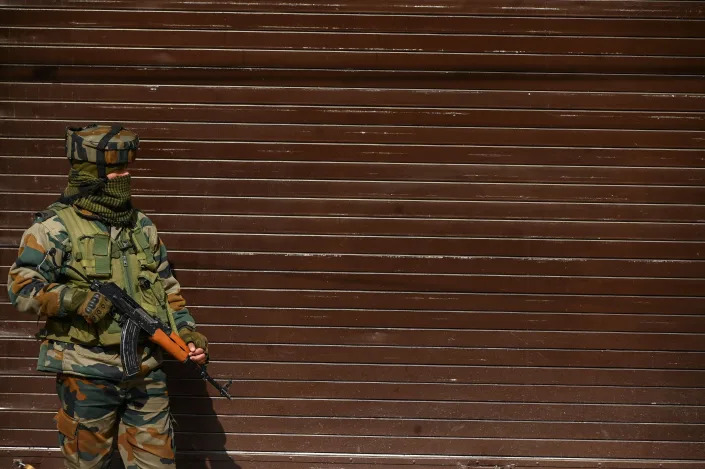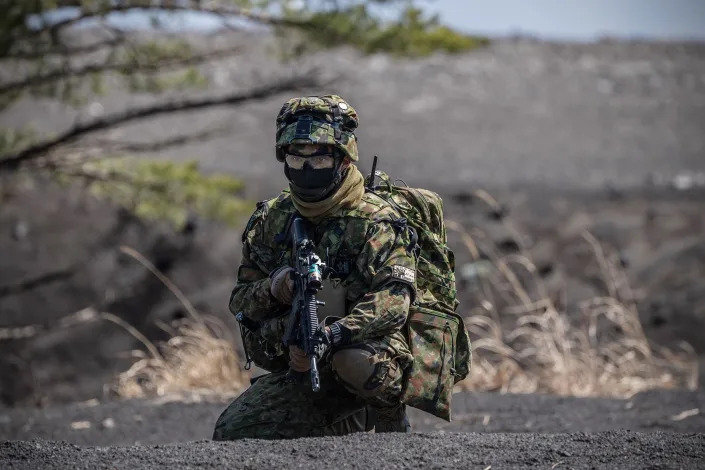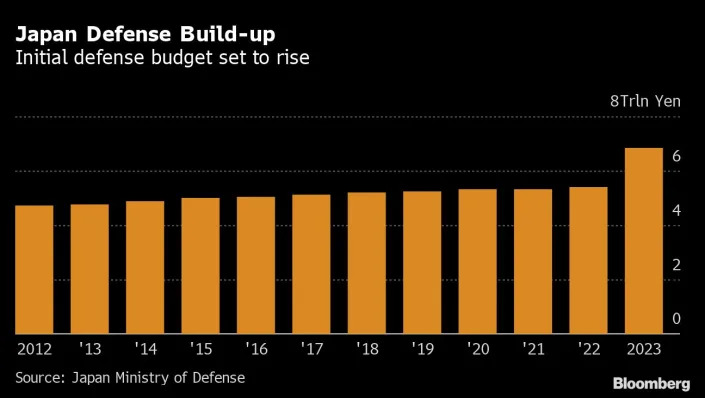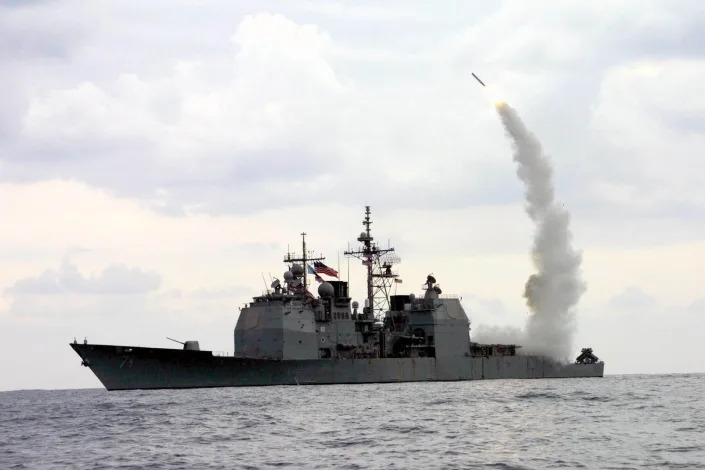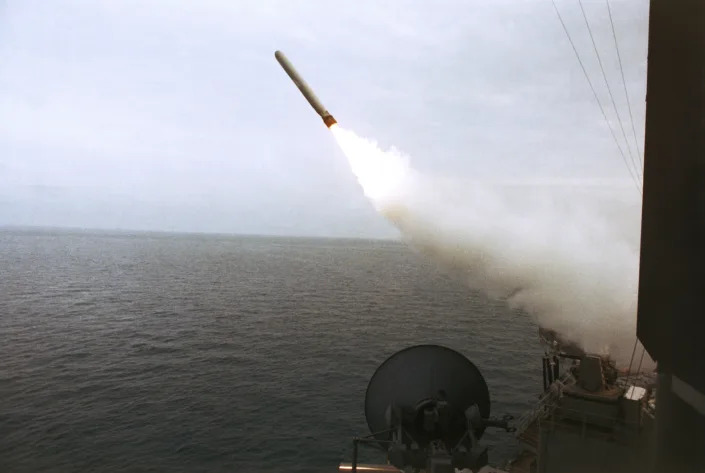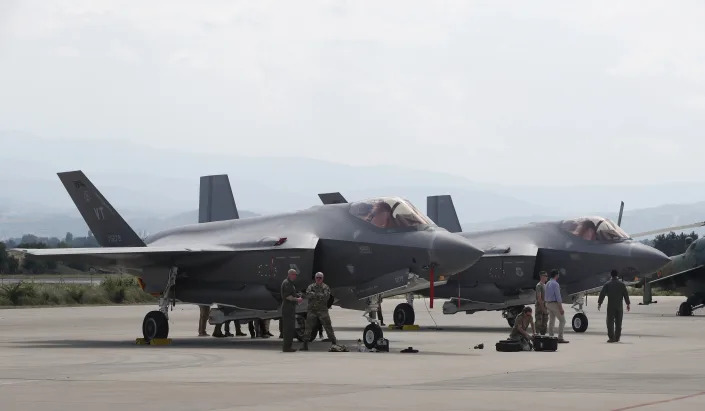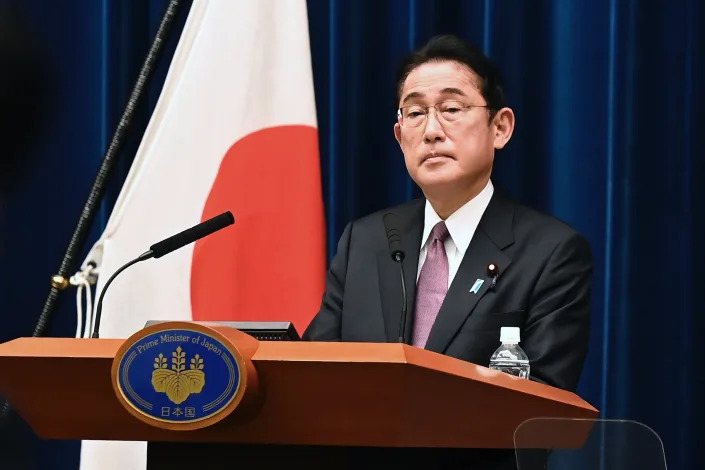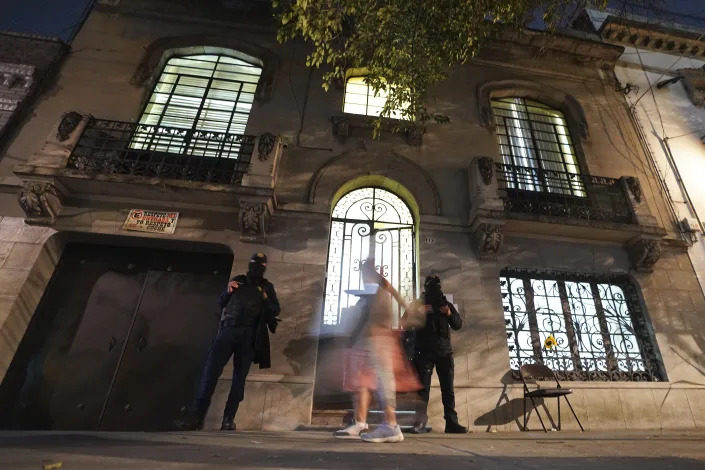The world's largest turbulence simulation unmasks the flow of energy in astrophysical plasmas
IMAGE: HALO-LIKE SOLAR CORONA. view more
CREDIT: NASA
Researchers have uncovered a previously hidden heating process that helps explain how the atmosphere that surrounds the Sun called the “solar corona” can be vastly hotter than the solar surface that emits it.
The discovery at the U.S. Department of Energy’s (DOE) Princeton Plasma Physics Laboratory (PPPL) could improve tackling a range of astrophysical puzzles such as star formation, the origin of large-scale magnetic fields in the universe, and the ability to predict eruptive space weather events that can disrupt cell phone service and black out power grids on Earth. Understanding the heating process also has implications for fusion research.
Breakthrough
“Our direct numerical simulation is the first to provide clear identification of this heating mechanism in 3D space,” said Chuanfei Dong, a physicist at PPPL and Princeton University who unmasked the process by conducting 200 million hours of computer time for the world’s largest simulation of its kind. “Current telescope and spacecraft instruments may not have high enough resolution to identify the process occurring at small scales,” said Dong, who details the breakthrough in the journal Science Advances.
The hidden ingredient is a process called magnetic reconnection that separates and violently reconnects magnetic fields in plasma, the soup of electrons and atomic nuclei that forms the solar atmosphere. Dong’s simulation revealed how rapid reconnection of the magnetic field lines turns the large-scale turbulent energy into small-sale internal energy. As a consequence the turbulent energy is efficiently converted to thermal energy at small scales, thus superheating the corona.
“Think of putting cream in coffee,” Dong said. “The drops of cream soon become whorls and slender curls. Similarly, magnetic fields form thin sheets of electric current that break up due to magnetic reconnection. This process facilitates the energy cascade from large-scale to small-scale, making the process more efficient in the turbulent solar corona than previously thought.”
When the reconnection process is slow while the turbulent cascade is fast, reconnection cannot affect the transfer of energy across scales, he said. But when the reconnection rate becomes fast enough to exceed the traditional cascade rate, reconnection can move the cascade toward small scales more efficiently.
It does this by breaking and rejoining the magnetic field lines to generate chains of small twisted lines called plasmoids. This changes the understanding of the turbulent energy cascade that has been widely accepted for more than half a century, the paper says. The new finding ties the energy transfer rate to how fast the plasmoids grow, enhancing the transfer of energy from large to small scales and strongly heating the corona at these scales.
The new discovery demonstrates a regime with an unprecedentedly large magnetic Reynolds number as in the solar corona. The large number characterizes the new high energy transfer rate of the turbulent cascade. “The higher the magnetic Reynolds number is, the more efficient the reconnection-driven energy transfer is,” said Dong, who is moving to Boston University to take up a faculty position.
200 million hours
“Chuanfei has carried out the world’s largest turbulence simulation of its kind that has taken over 200 million computer CPUs [central processing units] at the NASA Advanced Supercomputing (NAS) facility,” said PPPL physicist Amitava Bhattacharjee, a Princeton professor of astrophysical sciences who supervised the research. “This numerical experiment has produced undisputed evidence for the first time of a theoretically predicted mechanism for a previously undiscovered range of turbulent energy cascade controlled by the growth of the plasmoids.
“His paper in the high-impact journal Science Advances completes the computational program he began with his earlier 2D results published in Physical Review Letters. These papers form a coda to the impressive work that Chuanfei has done as a member of the Princeton Center for Heliophysics,” a joint Princeton and PPPL facility. “We are grateful for a PPPL LDRD [Laboratory Directed Research & Development] grant that facilitated this work, and to the NASA High-End Computing (HEC) program for its generous allocation of computer time.”
The impact of this finding in astrophysical systems across a range of scales can be explored with current and future spacecraft and telescopes. Unpacking the energy transfer process across scales will be crucial to solving key cosmic mysteries, the paper said.
Funding for the paper comes from the DOE Office of Science (FES) and NASA, with computer resources provided by the NASA HEC together with the National Energy Research Scientific Computing Center, a DOE Office of Science user facility, and the NSF-sponsored Computational and Information Systems Laboratory. Co-authors of the paper were researchers at PPPL, Princeton and Columbia Universities, and the NASA Ames Research Center.
PPPL, on Princeton University's Forrestal Campus in Plainsboro, N.J., is devoted to creating new knowledge about the physics of plasmas — ultra-hot, charged gases — and to developing practical solutions for the creation of fusion energy. The Laboratory is managed by the University for the U.S. Department of Energy’s Office of Science, which is the single largest supporter of basic research in the physical sciences in the United States and is working to address some of the most pressing challenges of our time. For more information, visit energy.gov/science.
JOURNAL
Science Advances
METHOD OF RESEARCH
Computational simulation/modeling
SUBJECT OF RESEARCH
Not applicable
ARTICLE TITLE
Reconnection-driven energy cascade in magnetohydrodynamic turbulence






